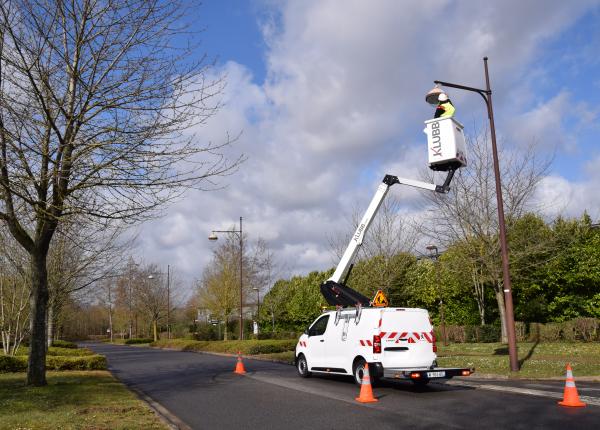
Aerial platforms, also known as boom lifts, scissor lifts, and cherry pickers, are commonly used to provide workers with access to elevated or hard-to-reach areas in a variety of industries. However, the use of aerial platforms in confined spaces can present unique challenges and hazards that must be properly addressed to ensure the safety of workers.
The Importance of Proper Planning
When using an aerial platform in a confined space, it is crucial to conduct a thorough assessment of the site and develop a detailed plan of action. This plan should include the specific tasks that need to be performed, the equipment that will be used, and any potential hazards that may be present. It is also essential to identify any emergency procedures that may be necessary, such as how to safely evacuate the area in the event of a power failure or equipment malfunction.
Risk Assessment
The next step is to conduct a thorough risk assessment of the area to identify any potential hazards that may be present. This should include an examination of the ventilation system, the lighting, the flooring, and any other features of the space that may affect the safe operation of the aerial platform. The assessment should also take into account any specific hazards associated with the tasks that will be performed, such as the presence of chemicals or other hazardous materials.
Equipment Selection
The selection of the appropriate equipment is crucial for safe operation in confined spaces. The aerial platform should be equipped with the necessary features and capabilities to safely access the area and perform the tasks at hand. For example, if the space has limited clearance, a compact or collapsible platform may be necessary. If the space has limited ventilation, a platform equipped with a self-contained power source may be required.
Operator Training
Operator training is a key factor in ensuring safe operation in confined spaces. The operator of the aerial platform should be properly trained in the use of the equipment, as well as in the specific hazards and requirements of the confined space. This should include training on how to safely maneuver the equipment in tight spaces, how to properly use fall protection equipment, and how to respond to emergency situations.
Safety Procedures and Best Practices
When working in confined spaces, it's important to follow established safety procedures and best practices to ensure the safe operation of the aerial platform. This includes:
- Always wearing proper fall protection and harnesses
- Properly securing the platform before beginning work
- Maintaining communication with a ground-based attendant at all times
- Properly positioning the platform to prevent tipping
- Regularly inspecting the equipment and reporting any issues
- Following all IPAF and other relevant regulations
Conclusion
Aerial platforms can be a valuable tool for providing workers with access to elevated or hard-to-reach areas in a variety of industries, but their use in confined spaces requires a high level of safety. By properly planning, assessing the risks, selecting the appropriate equipment, providing operator training and following established safety procedures, it's possible to ensure that the use of aerial platforms in confined spaces is safe and efficient. As always, it's important to keep in mind that safety comes first and should never be compromised.




